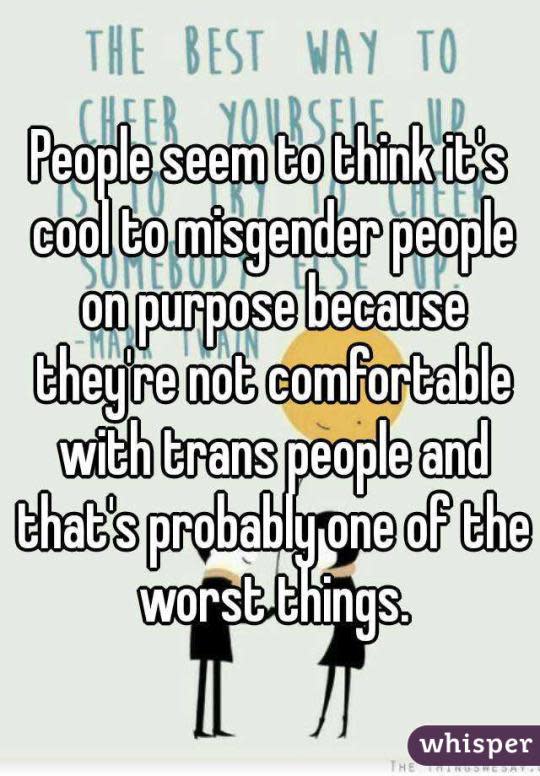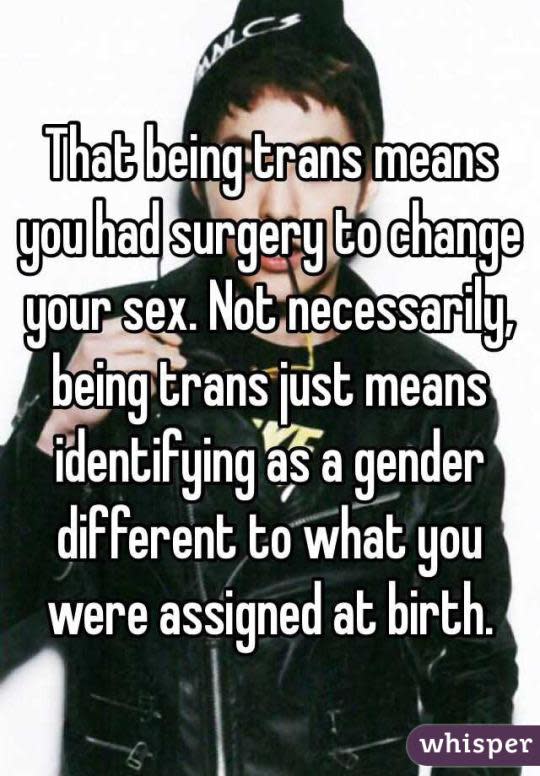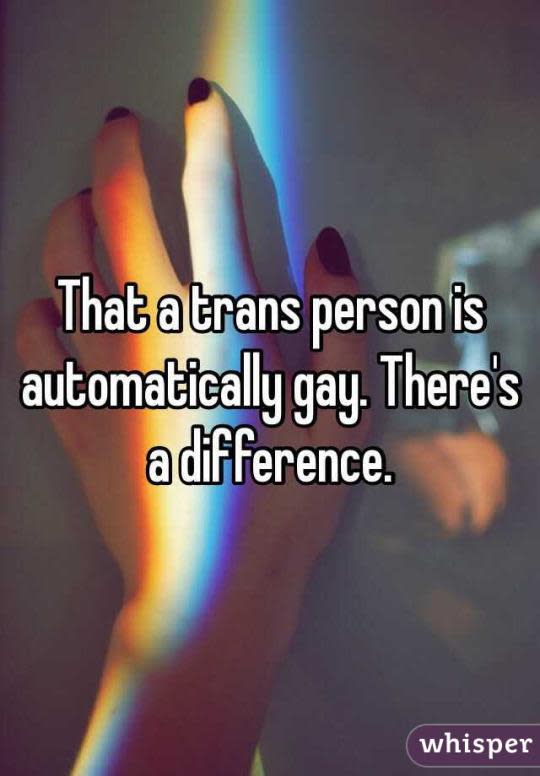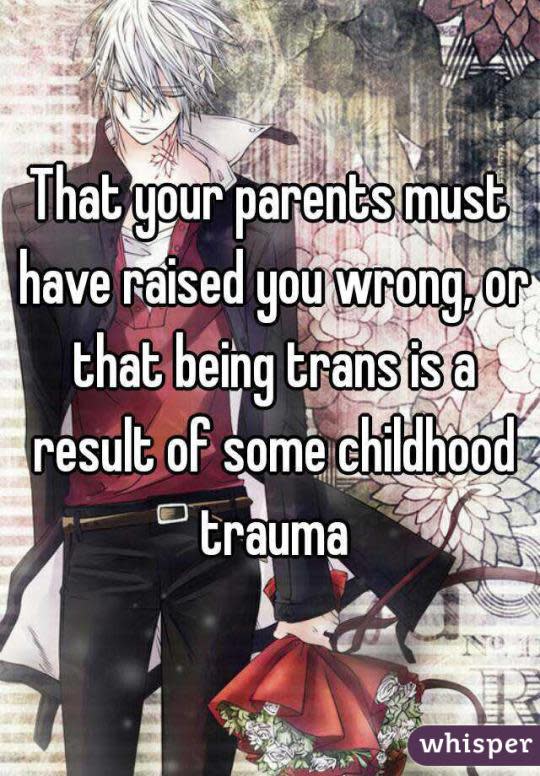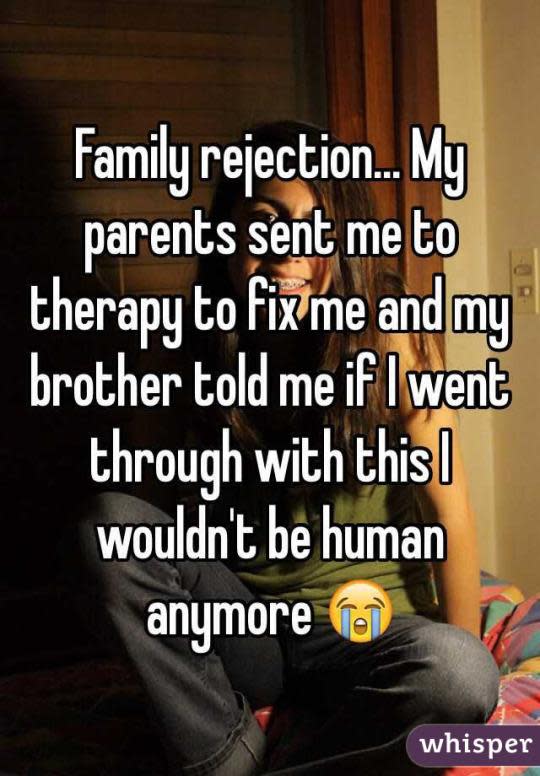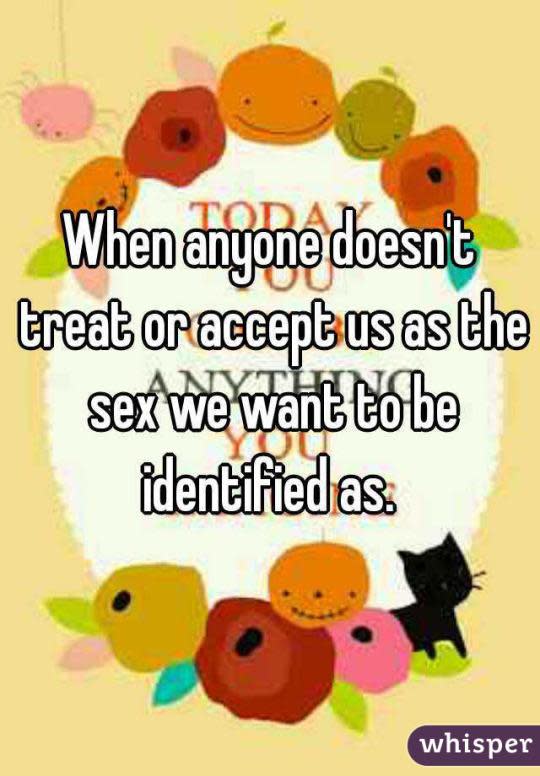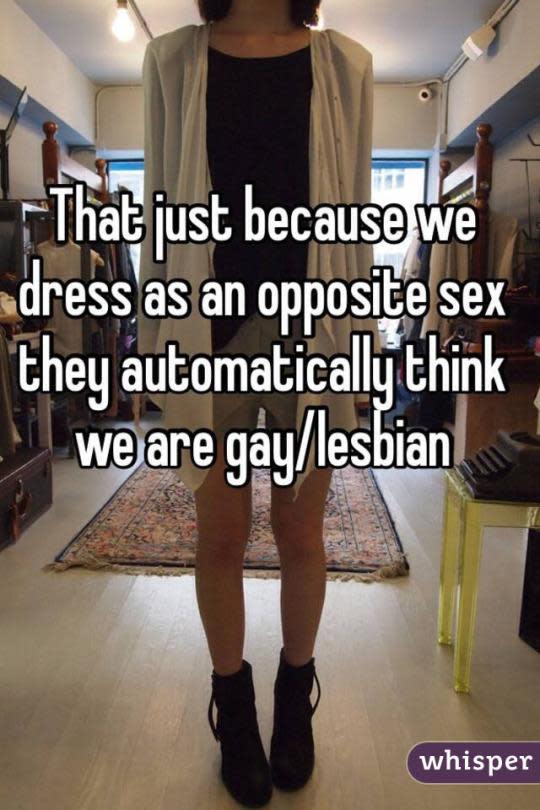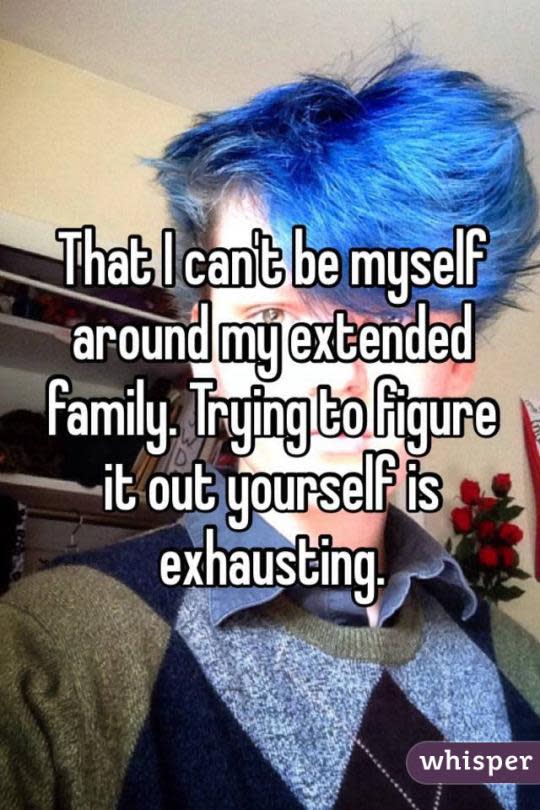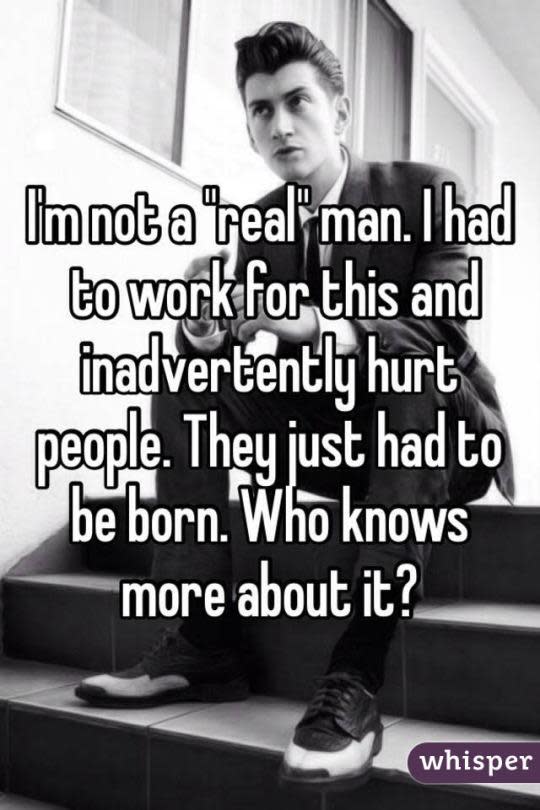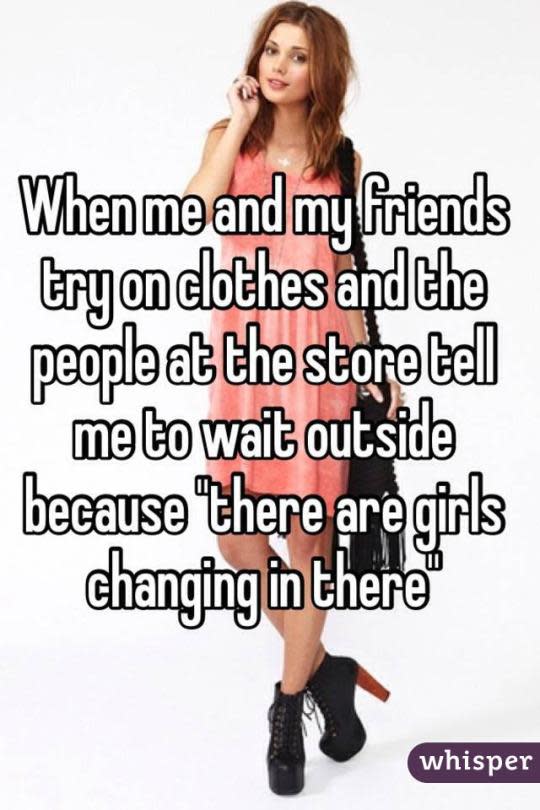What People Get Wrong About Being Transgender

“People seem to think it’s cool to misgender people on purpose because they’re not comfortable with trans people and that’s probably one of the worst things.” (Photo: Jennifer Fox/Yahoo Health)
While little has actually been revealed about former Olympian Bruce Jenner’s interview with Diane Sawyer, which airs on April 24, it’s widely assumed that Jenner will reveal details about his gender identity and potential transition from male to female.
Throughout all of this, it’s important to remember that Jenner’s journey is a personal one. But if Jenner does explain that he is transgender, it can be considered an opportunity to better understand what it means to hold this identity.
According to GLAAD, transgender is:
An umbrella term for people whose gender identity differs from what is typically associated with the sex they were assigned at birth.
Gender identity is someone’s internal, personal sense of being a man or a woman (or as someone outside of that gender binary). For transgender people, the sex they were assigned at birth and their own internal gender identity do not match.
Trying to change a person’s gender identity is no more successful than trying to change a person’s sexual orientation — it doesn’t work. So most transgender people seek to bring their bodies more into alignment with their gender identity.
One of the biggest false beliefs about being transgender is that “it’s just like being extra, extra gay,” says Nick Adams, GLAAD’s director of programs, who is transgender. But that’s not correct. Being lesbian, gay, or bisexual is a matter of sexual orientation — meaning, who you’re attracted to — while transgender is about gender identity — meaning, what you identify as. “Transgender people have sexual orientations like everyone else — they can be heterosexual, gay, bisexual, or lesbian,” Adams tells Yahoo Health.
Another big misperception is that transgender people are somehow trying to deceive people, when they’re simply being their authentic selves, he adds. Again, this is just not the case. “When a transgender person has transitioned and is living as their authentic self — a transgender man assigned female at birth but is living as a man, or a transgender woman assigned male at birth but living as a woman — they’re truly living as the person they know themselves to be,” Adams says.
Having an accurate understanding of what it means to be transgender is important, especially considering the high amount of stigmatization and discrimination faced by those in the community. People who are transgender are more likely to live in poverty, report job harassment or discrimination, feel uncomfortable seeking police assistance, and be unemployed. And they’re also at a dramatically higher risk of suicide compared with the general public, with around 40 percent of transgender people reporting attempting suicide.
“We need to change the culture, so transgender people, especially young people, can see a future for themselves — and that incredibly high suicide attempt rate will go down,” Adams says.
To further understand the biggest — and most damaging — misperceptions about being transgender, we teamed up with Whisper, a free app that allows users to share their secrets anonymously, to gather candid thoughts from 14 people in the transgender community.
